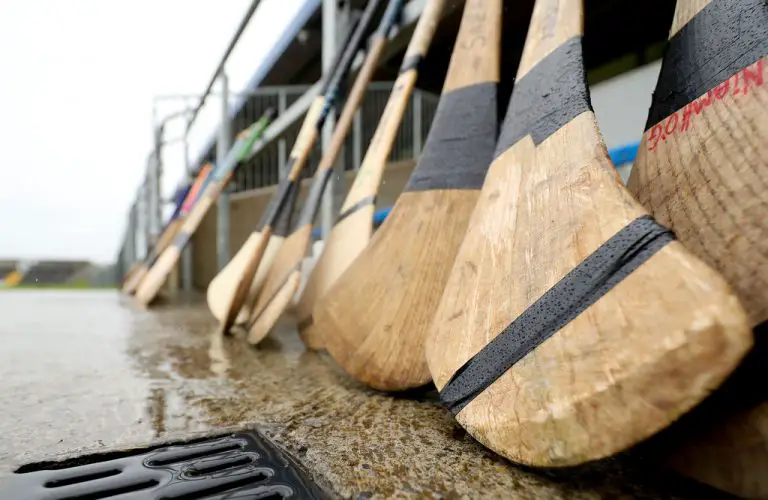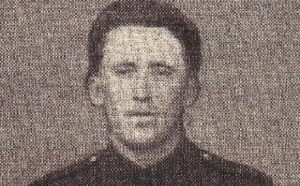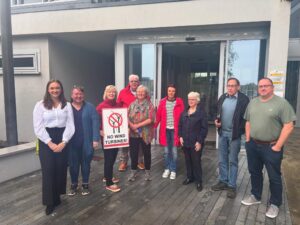*Mandatory Credit ©INPHO/Oisin Keniry
Micheál Duffy, Clare GAA GDM explains the six components underlying the teaching of any skill in sport.
GAA coaching courses has a model of how you can teach any skill and it is made up of 6 components. Build rapport, observe, analyse, provide demonstration, explain, and generate feedback. When trying to teach anybody anything the first step is to build rapport which basically means to make a connection with the individual.
I remember watching a Ted Talk on You Tube of a teacher explaining how children learn and how they do not and one of the lines in the talk was “children don’t learn from people they don’t like”. Our first job as coaches is to build trust with the players’ in front of us and there are many ways to do this, the important thing is that you show you care and want to help them improve and to have fun.
The next key skill a coach needs is the ability to observe without having to say anything. Watching what is happening in front of their eyes. Trying to take in and gather as much information as you can. When going to games, spectators are very good at observing the outcomes, but the role of the coach is to observe what happened in order to create the outcome. Wimbledon is a great example of this if you watched the crowd, you would see the spectators head turning over and back following the ball where it is the movements of the players body is what the coach is observing. Once you have observed you then must analyse before you speak. You compare what you saw to what you think you would like to see and then think about how to explain this to your players.
Providing demonstrations to players is also a big component as it helps players see what it is you would like them to do. For younger age groups this could be as simple as getting a child to show them performing the skill to more complex demonstrations like video analysis of games/plays for teenagers/adult players. When explaining you want to remember KISS- Keep It Short & Simple. You need to think about what the most important message is to get across to the player and make sure they get that. Paul Kilgannon a coach educator and writer of two brilliant books ‘Carver Coaching Framework’ and ‘Be The Best You Can Be In Sport’ has a phrase when coaching players is “the most important thing is to keep the most important thing the most important thing”. Know the most important message you want the player to hear and make sure you deliver that.
Finally, the last step is you want to generate feedback. You want to involve the player so by asking them questions you find out what they know. When giving them feedback you should remember SPAR. Feedback should be Specific, Positive, Accurate and Relevant. When we get back to fields hopefully not too far away from now, can we challenge our ability to give each player a piece of feedback that is specific to them in our sessions.











